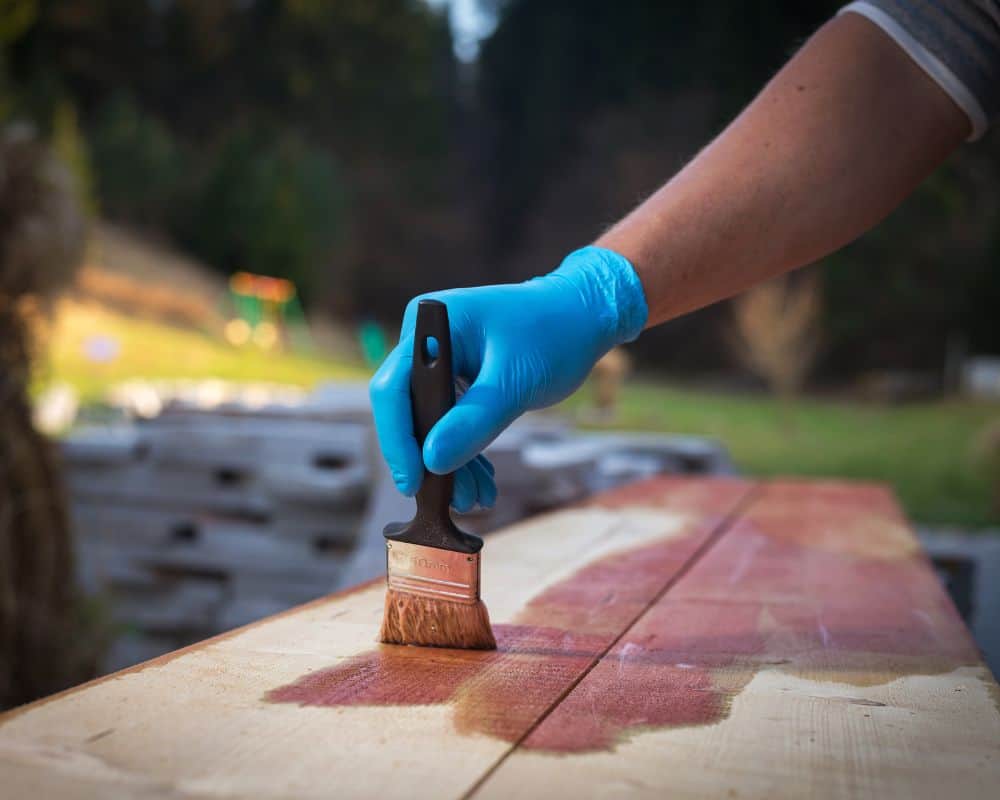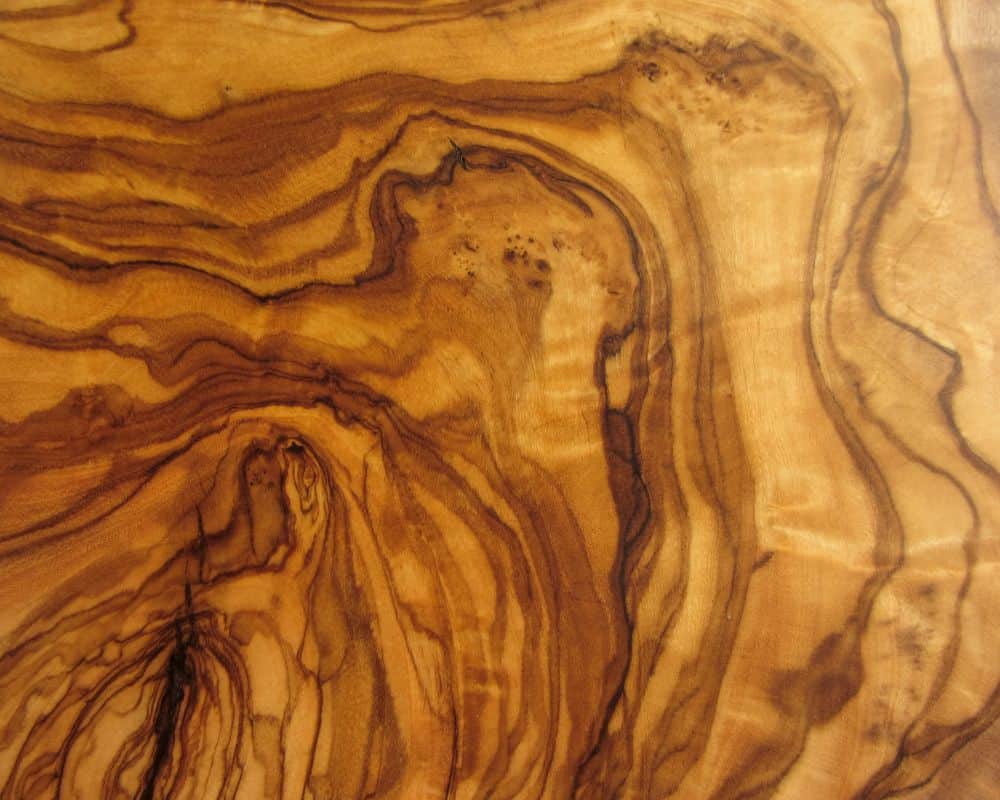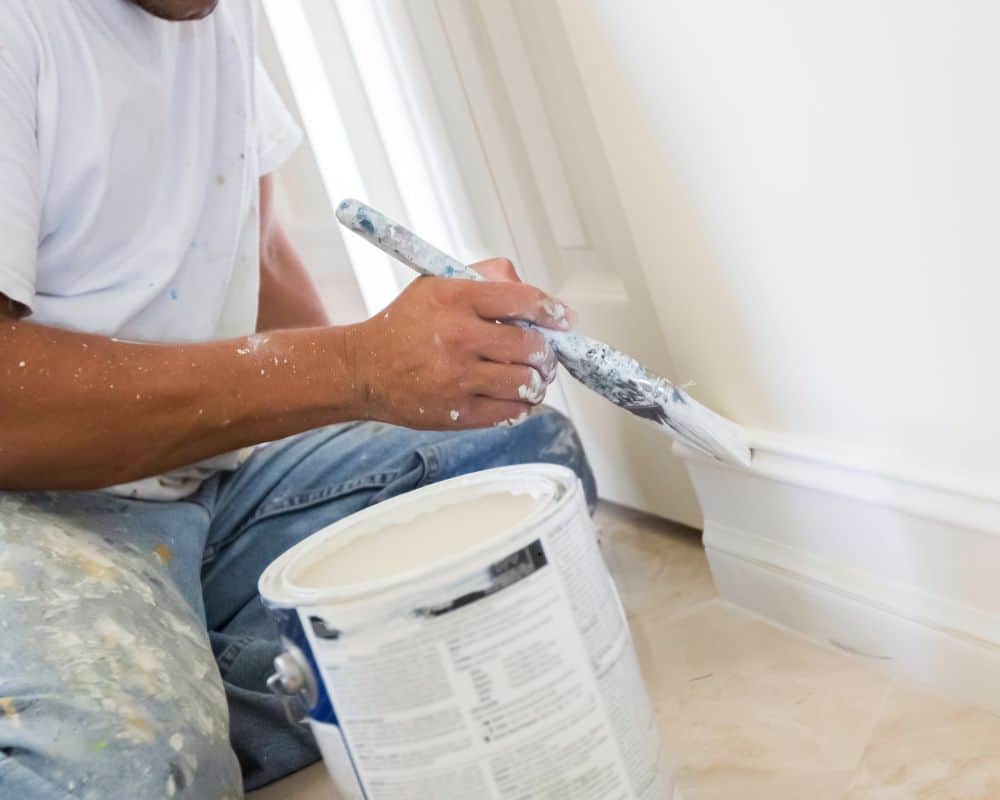Timber Care Guide
Welcome to Handy Household’s Timber Care Guide
We will be going through several different methods on how to protect & maintain your timber, along with the advantages and disadvantages of each.
Before starting, please ensure you carefully read and follow the manufacturer’s safety instructions. This usually consists of wearing protective gloves, safety goggles and a face mask.
Ensure your timber is dry before applying any product. Check the weather forecast before starting or find some shelter, as you’ll need to keep the timber dry while the product dries. Some products can take up to 24 hours or more to fully dry.
Some products may require several coats and wait times between coats can vary, so don’t forget to carefully read the manufacturer’s instructions.
Preparing your timber
Whether you’re using new or old timber, some preparation is needed before applying products to your wood. Below is a list of of things you’ll need to get started:
- Sander or sandpaper (We would recommend looking at our Power Tool Guide For Beginners for more info on sanders)
- Filler and filler blade
- Sugar Soap
- Sponge
Once you’ve got everything ready, we can get started.
- If there is any rot or decaying timber it will need removing.
- Use filler as a replacement for any rot/decay or to fill any holes. It is recommended that you overfill, as the filler may shrink while setting.
- Remove any peeling areas by heavily sanding.
- Apply a light sand until all surfaces are level and smooth.
- Brush clean any surfaces.
- Use your sugar soap and a sponge to clean your timber, then allow it to air-dry. It must be dry before treatment.
Treating your timber
Treating your timber is very important, especially if it is exterior wood such as sheds, decking and fences. A lot of treatment products are coloured, so be sure to take your time when choosing. Below you will find some great timber treatment products that we stock at Handy Household.
Wood stain

Wood stain is a great way to protect your timber from the natural elements. It will alter the colour of your timber, but show the beautiful natural grain of the wood. Wood stain can help protect from mould, UV light, rain and more. Some wood stains also contain anti-slip properties, which is great for outdoor decking.
Advantages:
- Great protection from natural elements
- Wide choice of natural coloured stains to choose from
Disadvantages:
- Like paint, stain can peel, flake and crack.
- Cannot be applied to surfaces previously treated with oil
Oil

Oil was designed to penetrate deep into the wood and replace the natural oil and resin. Just like wood stain, it protects the wood from the natural elements. Oil also prevents the timber from splitting and warping.
Advantages:
- Very easy to clean and maintain
- Great protection from natural elements
Disadvantages:
- Can’t be painted over or stained
- Wood oil needs to be reapplied more often than stain or paint
Varnish

Varnish is very durable and has a nice finish, accentuating the natural colour of the wood. It’s great for water protection and UV protection. If using outdoors ensure you pick the correct variant.
Advantages:
- Accentuates the natural beauty of the wood
- Excellent protection against scuffs and knocks
Disadvantages:
- A lot of preparation needed before applying each coat
- If not applied correctly, water may penetrate the wood and cause blistering
Paint

Paint isn’t just to make your timber look pretty, it serves as a great protector too. Exterior paint is designed to seal and protect wood from water.
Advantages:
- Lots of great colours
- Provides long-term protection
Disadvantages:
- Paint ages, it can start to peel and flake. You’ll need to sand down your wood and paint it again if this happens.
Maintaining your timber
Although your timber has now been protected, it may still need maintaining every so often. You may notice the treatment products flaking or bubbling over time, and this will need addressing. You’ll have to prepare and treat your wood again.
Shop our range of Wood Care products here!
Back to All Posts
